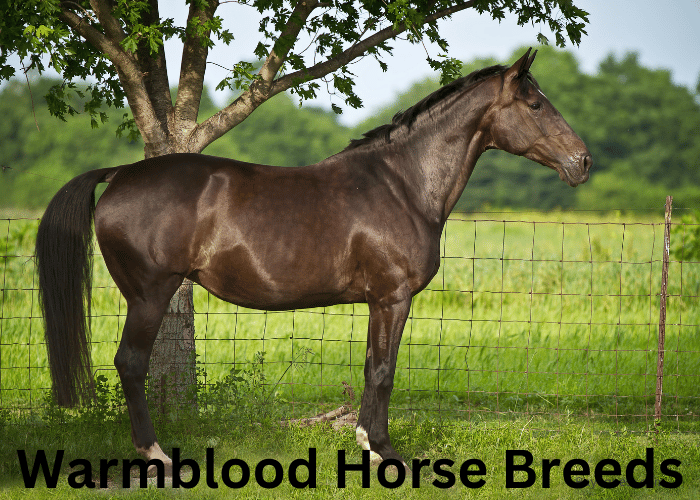In the horse world, warmbloods are stars. They blend the best of both worlds – power and grace. Born from a mix of fiery and gentle breeds, these horses shine in sports arenas worldwide.
What’s their secret? A deep dive into history shows us a quest for the perfect Horse. Across Europe, from Germany’s green fields to the Dutch meadows, warmblood breeds were born.
Let’s get to know these equine athletes. This is the story of warmblood horse breeds, where elegance meets endurance. Get ready to be amazed.
What is a Warmblood Horse?
A warmblood horse is kind of like the best of both worlds in the horse family.
Think of it this way: on one side, you’ve got your hot-blooded horses. These are your fast, spirited ones like Arabians and Thoroughbreds.
On the other side are the cold-blooded horses, the big, strong, calm types, often used for pulling and farm work.
Now, mix those two. What you get is the warmblood. These horses strike a perfect balance—not too hot, not too cold.
They have the spirit and speed of their hot-blooded ancestors, but they’re also strong and steady like the coldbloods. This makes them super versatile. They can do a bit of everything: jump, dance in dressage, or take on an eventing course.
Warmbloods were made this way on purpose. People in Europe started mixing breeds hundreds of years ago, aiming for a horse that could work on a farm but also turn heads in the competition ring.
Today, that’s exactly what they do. Warmbloods are the go-to choice for many riders in sports like jumping, dressage, and more. They’re like the all-rounders of the horse world, known for their grace, power, and a great mix of go-get-’em energy and cool-headedness.
How to Easily Recognize a Warmblood Horse
Spotting a warmblood is kind of like noticing a well-rounded athlete in a crowd. Here’s how you can tell one when you see it.
First off, size matters. Warmbloods are usually big, but not too bulky. They stand tall, with a noble presence, but they’re sleek, not heavy like the big workhorses.
Look at their build. It’s balanced. They’ve got strong backs, powerful shoulders, and muscular hindquarters.
This gives them the oomph for jumping and the stamina for running. Their legs? Long and sturdy, perfect for those graceful jumps and swift dressage moves.
Then, there’s the head. It’s a bit of a giveaway. Warmbloods have this distinguished look, with expressive eyes that seem to size you up and ears that are always tuned in. Their faces are refined, not too pointy or too blunt.
But it’s not just about looks. Watch them move. They’ve got this smooth, effortless way of moving. Whether they’re walking, trotting, or cantering, there’s a rhythm and grace to it. And when they jump, it’s like they’re taking flight – powerful, yet elegant.
Lastly, there’s the vibe they give off. Warmbloods are like the cool kids of the horse world. They’re confident but not cocky.
They’ve got energy and spirit without being too hot-headed. It’s this blend of power, grace, and cool calm that makes a warmblood stand out in any crowd.
Read also: Strong horse breeds in the world.
Types of Warmblood Horse Breeds
1. Hanoverian
The Hanoverian, hailing from Germany, stands as a pinnacle of equestrian sport breeding. Originating in the 17th century, its lineage was crafted, evolving from military and agricultural use to top-tier competition horses.
Hanoverians are recognized for their exceptional gaits and athleticism, particularly in dressage and jumping. Their noble head, strong back, and muscular limbs encapsulate the ideal blend of power and elegance.
This breed’s trainability and temperament make it a favorite among equestrians worldwide.
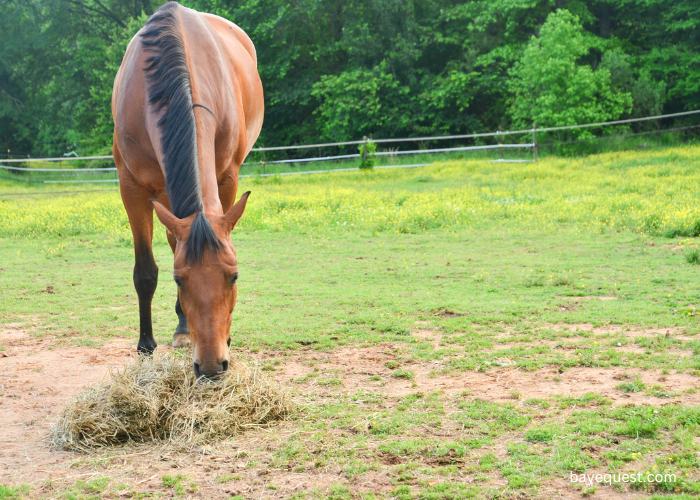
2. Dutch Warmblood (KWPN)
The Dutch Warmblood, or KWPN, emerges from the Netherlands as a horse of remarkable versatility and performance. This breed, developed in the mid-20th century, is the result of crossing local mares with foreign stallions.
They excel in show jumping, dressage, and driving. Dutch Warmbloods boast a balanced conformation with a powerful hindquarter.
Their success in Olympic disciplines is a testament to their agility, strength, and cooperative nature.
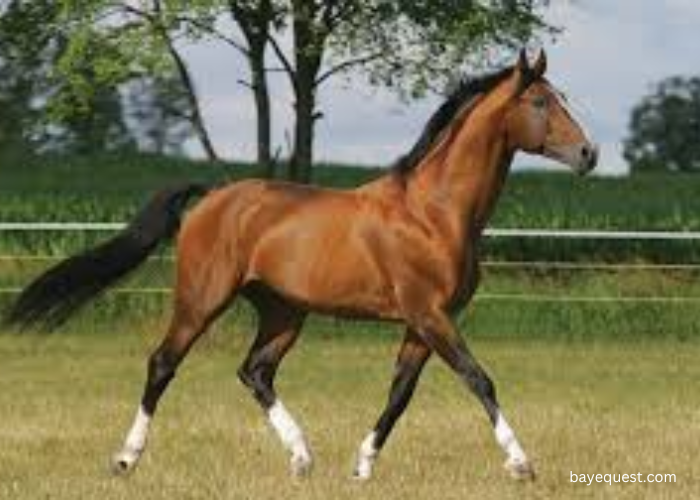
3. Holsteiner
The Holsteiner from the Schleswig-Holstein carries a legacy as one of the oldest warmblood breeds. With records dating back to the 13th century, they were initially bred for agriculture and war.
Modern Holsteiners are esteemed for their prowess in show jumping. Characterized by their powerful build, strong legs, and elastic gaits, they have incredible power and can scope over fences.
Holsteiners have a calm and willing temperament, making them highly trainable and competitive.
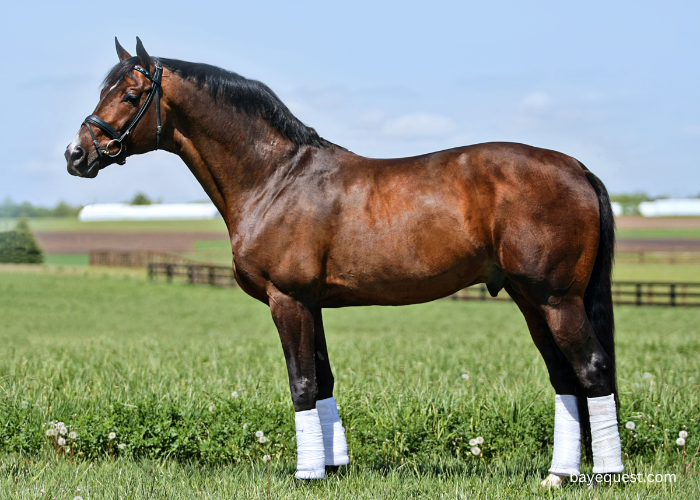
4. American Quarter Horse
The American Quarter Horse is celebrated for its versatility, speed, and intelligence. Originating in the United States, this breed holds the title as the world’s most popular horse breed.
Known for their short-distance sprinting abilities, they excel in races, rodeos, and as working ranch horses. They have a compact body, broad chest, and powerful hindquarters.
The American Quarter Horse is also a favorite for trail riding and therapeutic riding programs.
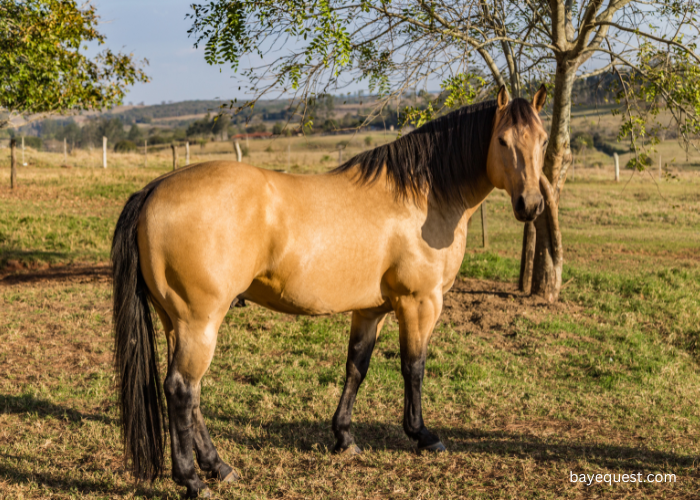
5. Cleveland Bay
The Cleveland Bay, Britain’s most senior horse breed, boasts a lineage that traces back to the 17th century. Prized for its strength, stamina, and uniform bay color, this breed was originally used for pulling coaches and farm work.
Today, Cleveland Bays are sought after for crossbreeding, particularly with Thoroughbreds, to produce high-quality sport horses and hunters.
They have a large frame, long neck, and powerful legs, demonstrating a versatility that extends from the show ring to driving.
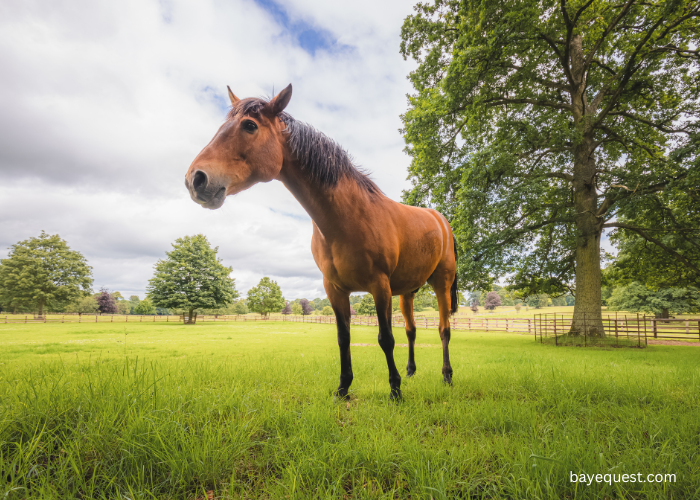
6. Irish Sport Horse
The Irish Sport Horse is a courageous, durable and versatile horse. This breed is a mix of Irish Draught and Thoroughbred.
It excels in eventing and show jumping, embodying the ideal event horse’s qualities. Irish Sport Horses possess a robust constitution, strong bones, and a kind temperament, making them suitable for riders of all levels.
Their natural athleticism and jumping ability, combined with a willing disposition, have placed them at the top of international competition leaderboards.
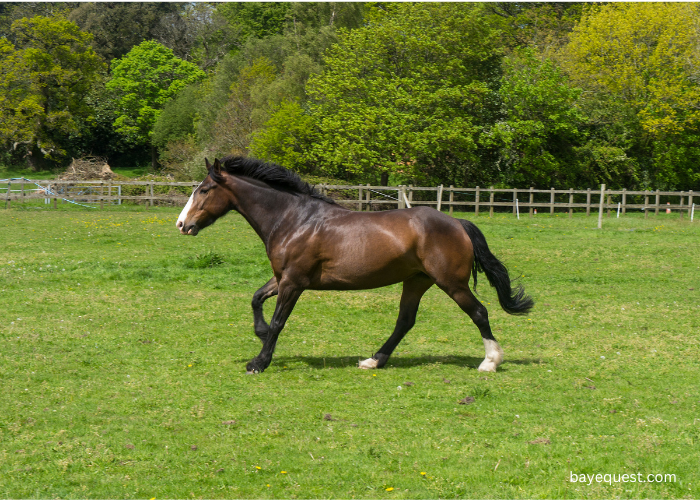
7. Bavarian
The Bavarian Warmblood, from southern Germany, is a relatively young breed developed in the post-World War II era. Focused on creating a modern sport horse, Bavarians are bred for dressage and show jumping.
They display a harmonious build with correct conformation and expressive movements. Known for their good nature and eagerness to please, Bavarians are making a name for themselves in competitive equestrian sports.
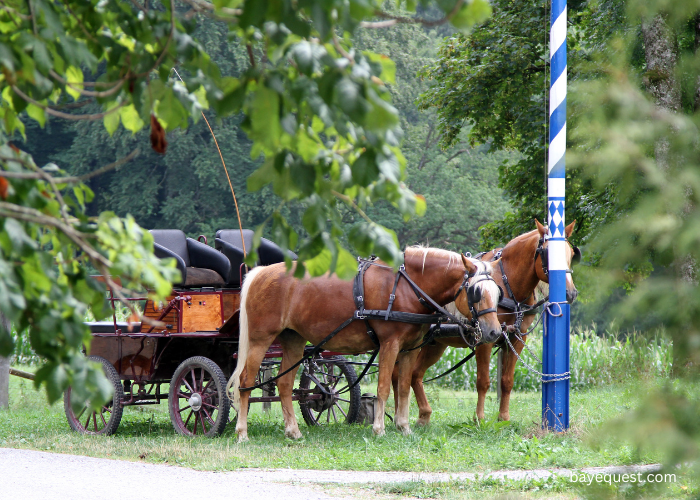
8. Icelandic Horse
The Icelandic Horse, a breed that arrived with the first settlers of Iceland over a thousand years ago, is notable for its small stature, strength, and versatility. Despite their size, they are considered warmbloods.
Icelandic Horses are unique for their additional gaits. The tölt and the flying pace offer a smooth and exhilarating riding experience.
With a thick coat, compact body, and friendly demeanor, they are well-suited to the harsh Icelandic climate and are beloved for leisure riding and competition.
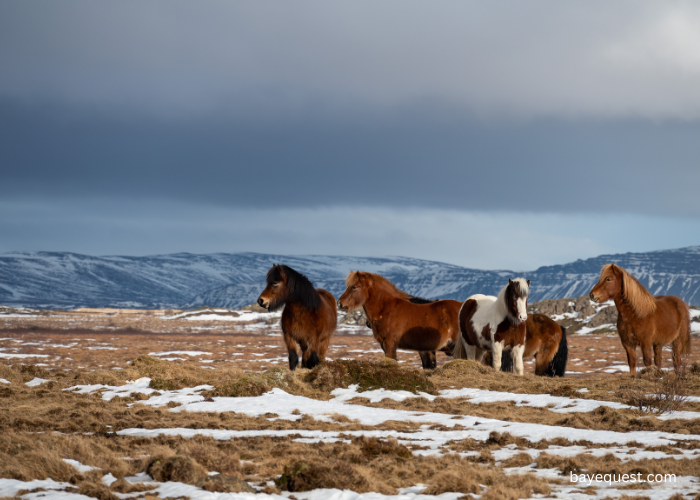
9. Oldenburg
Originating from the Grand Duchy of Oldenburg, this Horse is a striking figure in the dressage and show jumping world. This breed is renowned for its size, strength, and impressive presence, often in various coat colors.
Oldenburgs are particularly appreciated for their expressive movements and athleticism. They are the epitome of the modern sport horse.
With a broad chest, strong back, and powerful hindquarters, they are not only competitive athletes but also beloved companions.
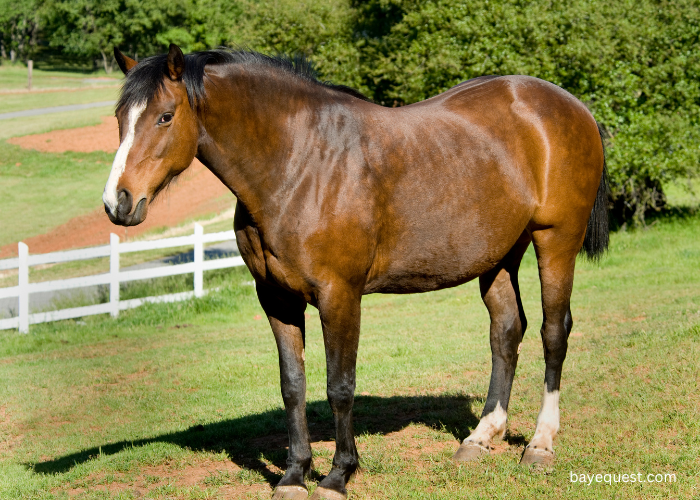
10. Trekehner
The Trakehner, hailing from East Prussia, now part of Russia and Lithuania, boasts a distinguished history of elegance and endurance. They are refined, graceful, and spirited, but with a manageable temperament.
Trakehners excel in dressage and eventing. They feature a lighter build than many other warmbloods.
This breed’s resilience and agility stem from carefully blending Arabian blood, enhancing its endurance and speed.
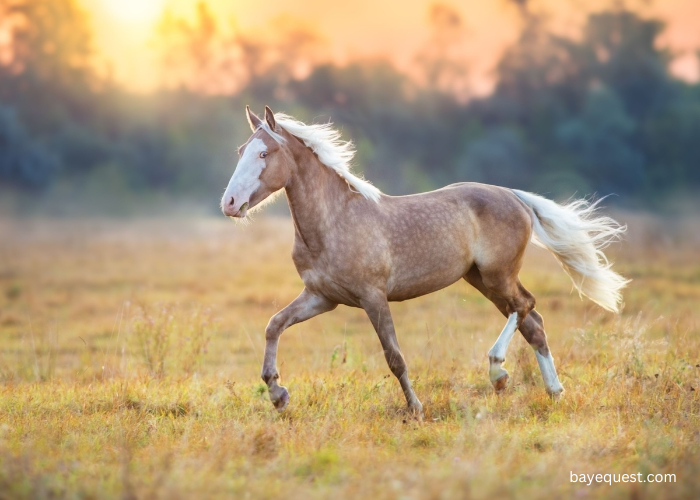
11. Belgian
The Belgian Warmblood is a testament to selective breeding for excellence in show jumping and dressage. Since its formal establishment in the mid-20th century, this breed has been characterized by its athleticism, good temperament, and adaptability.
Belgian Warmbloods stand out with a robust build, powerful legs, and an eagerness to perform. They are a top choice for competitive riders aiming for the highest levels of sport.
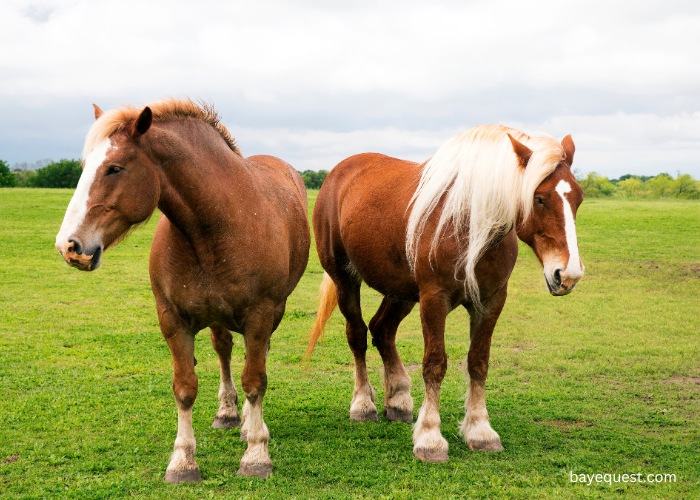
12. Swiss Warmblood
The Swiss Warmblood, or Schweizer Warmblut, is Switzerland’s answer to the need for a high-calibre sport horse. Developed through the selective breeding of native Swiss mares with European warmblood stallions, these horses are versatile and athletic.
They possess a balanced conformation suitable for dressage, show jumping, and eventing. They have strength combined with elegance to compete at an international level.
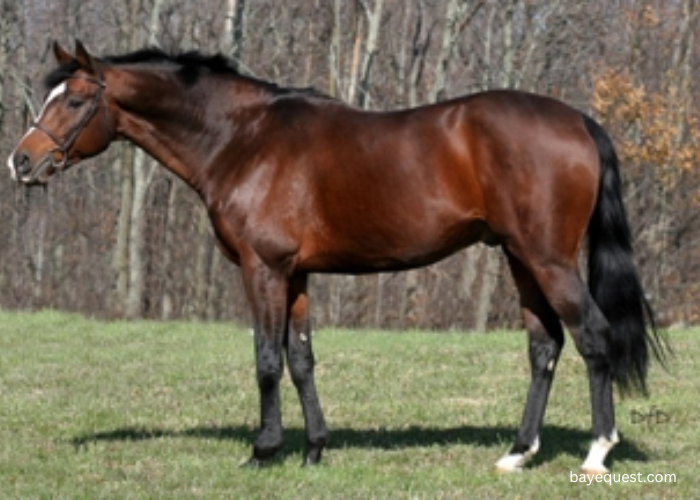
13. Danish Warmblood
The Danish Warmblood is a relatively young breed. It was established in the 20th century in Denmark with the aim of creating a superior sport horse.
Renowned for their outstanding temperaments, rideability, and modern sport horse conformation, Danish Warmbloods excel in dressage.
They are characterized by their elegant appearance, long lines, and powerful movements, making them highly sought after on the international dressage scene.
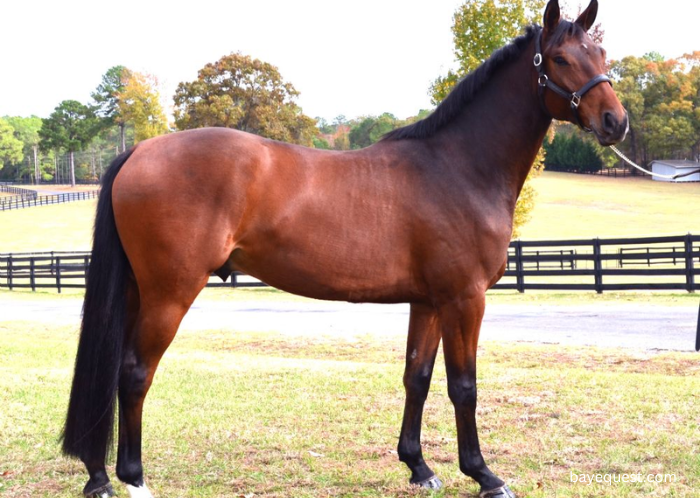
14. Swedish Warmblood
This Sweden’s pride was bred for top performance in dressage and show jumping. They originated from a foundation of native stock enhanced by selective breeding with imported warmbloods.
These horses have good looks, intelligence, and versatility. Swedish Warmbloods are also noted for their excellent conformation.
Due to their strong hindquarters, they are successful in competitive sports, making them cherished partners.
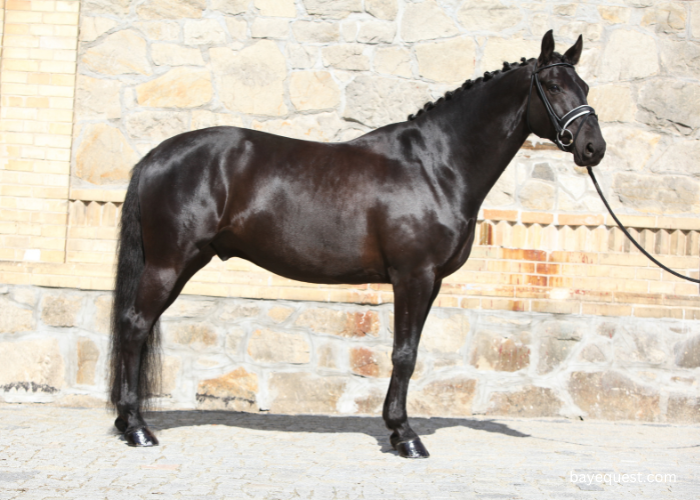
15. Andalusian
The Andalusian, or Pure Spanish Horse, is a breed that exudes nobility and history. Originating from the Iberian Peninsula, Andalusians are known for their stunning beauty, flowing manes, and elevated movements.
They have been prized for centuries for their physical and mental attributes. They excel in classical dressage, showcasing their agility, sensitivity, and intelligence.
With a compact, muscular build and a proud carriage, the Andalusian remains a symbol of grace and power.
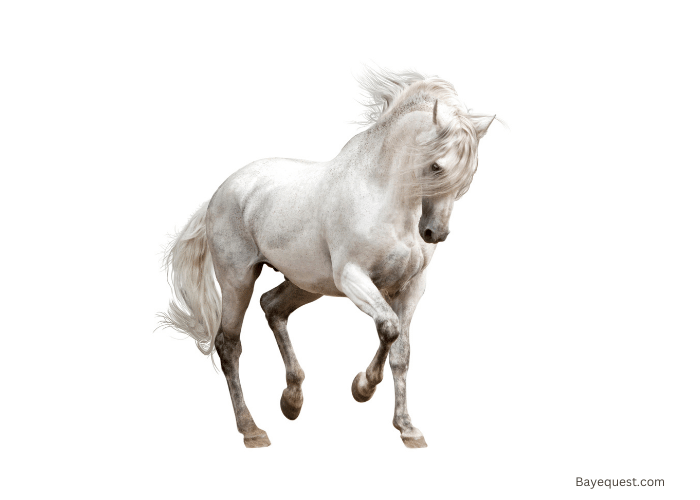
16. American Saddlebred
The American Saddlebred, originating from the United States, is renowned for its showmanship and versatility. This breed is distinguished by its high-stepping gait, making it a star in the show ring.
American saddlebreds are known for their friendly disposition, intelligence, and willingness to please. Their striking appearance, characterized by a long, arched neck and expressive eyes, makes them true athletes.
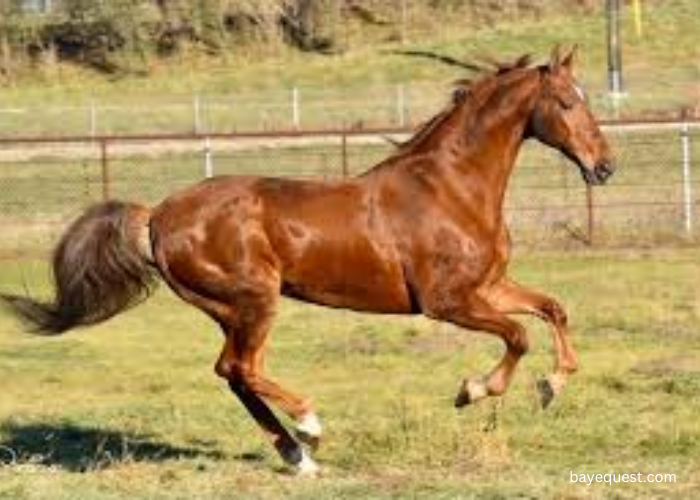
17. Appaloosa
The Appaloosa is best known for its distinctive, spotted coat pattern and versatility. Originating from the Northwestern United States and bred by the Nez Perce Native American tribe, this breed is as versatile as it is unique-looking.
Appaloosas are used in a variety of disciplines. This ranges from Western events to English disciplines, trail riding, and endurance.
They are characterized by their hardiness, friendly nature, and strong work ethic, making them beloved by riders of all ages and levels of experience.
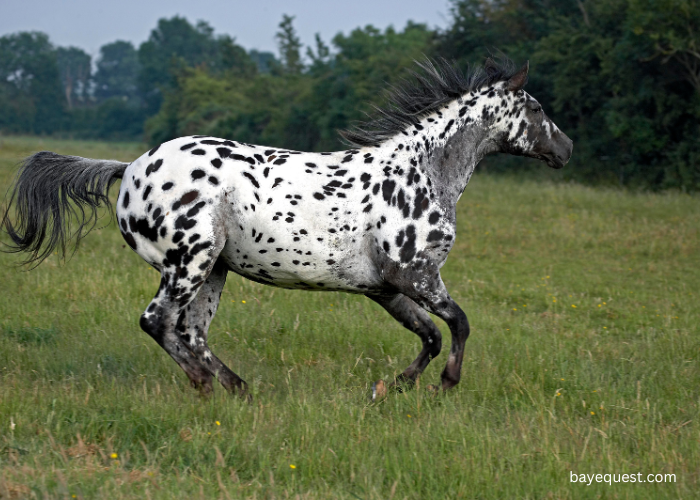
18. Knabstrupper
The Knabstrupper, famous for its striking spotted coat, comes from Denmark. It’s not just the spots that catch the eye; these horses are known for their versatility and good temperament.
Originally bred for carriage driving, today they shine in dressage and show jumping too. Knabstruppers have a strong build and a calm, friendly nature, making them a favorite for all riders.
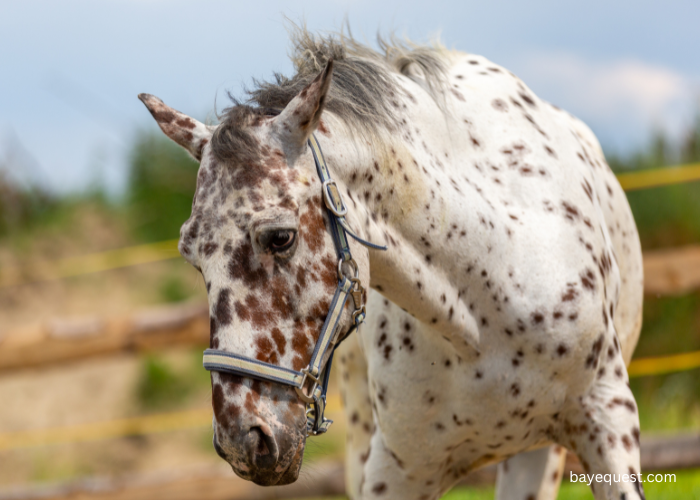
19. Lipizzan
The Lipizzan is from Slovenia and was bred for the royal courts of Europe. These horses are the picture of elegance and strength, known for their incredible ability in classical dressage.
With their compact, muscular frame and calm, intelligent demeanor, Lipizzans gracefully and effortlessly perform the sophisticated movements of high school dressage.
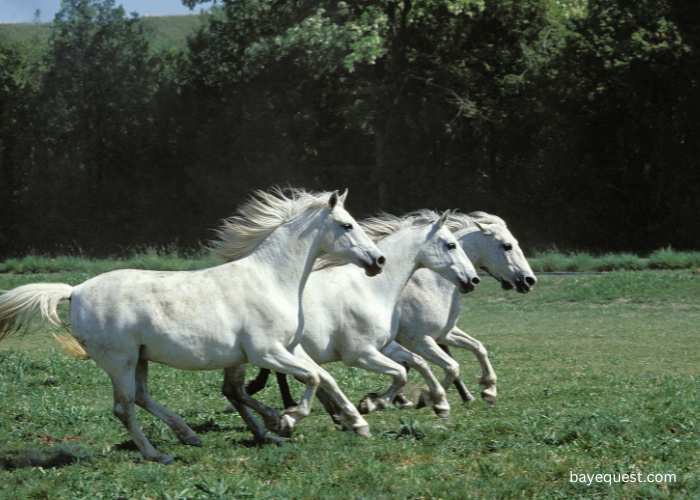
20. Westphalian
Westphalians hail from Germany and are bred for performance in the equestrian sports arena. They are closely related to other German warmbloods because they share the traits of athleticism, good temperament, and versatility.
Westphalians excel in dressage and show jumping, thanks to their powerful build, good conformation, and eager-to-please attitude.
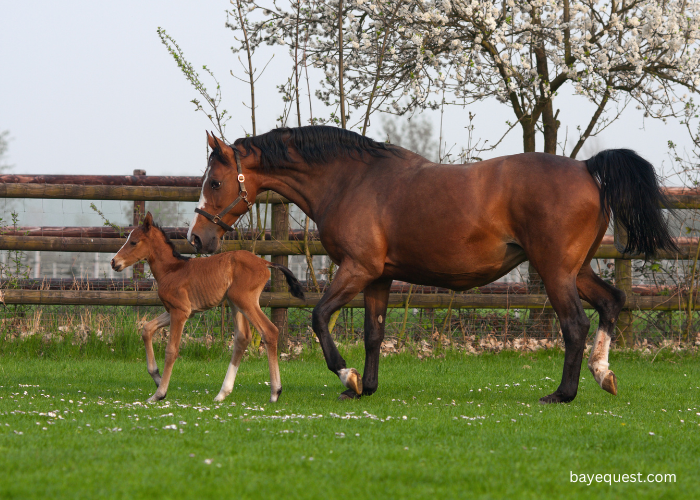
21. Lusitano
The Lusitano, from Portugal, is closely related to the Spanish Andalusian and shares its flair for classical dressage. These horses are admired for their compact, muscular build and the natural agility that allows them to excel in dressage and bullfighting.
Lusitanos are known for their intelligence, willingness to learn, and strong bond with their riders.
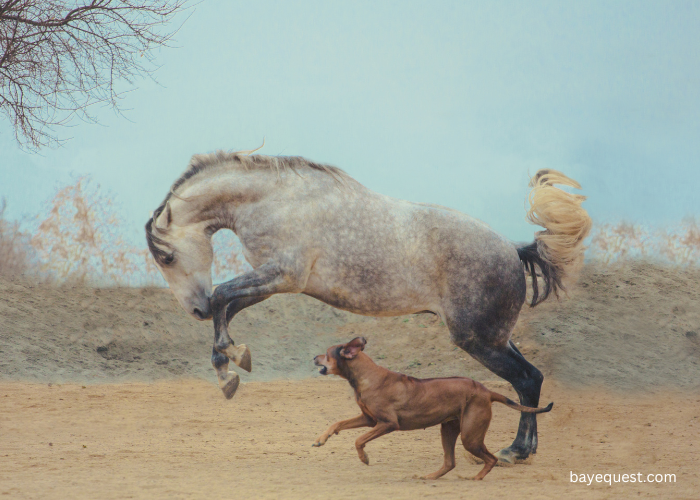
22. Camargue
The Camargue horse, native to the Camargue region in southern France, is an ancient breed. It is known for its stamina, agility, and ability to work in challenging environments.
Though not typically classified as a warmblood, Camargues possess a rugged, hardy nature with a distinct appearance.
It also has a gray coat and a semi-feral lifestyle. They are revered for their toughness and adaptability, traits that make them excellent at tasks in harsh terrains.
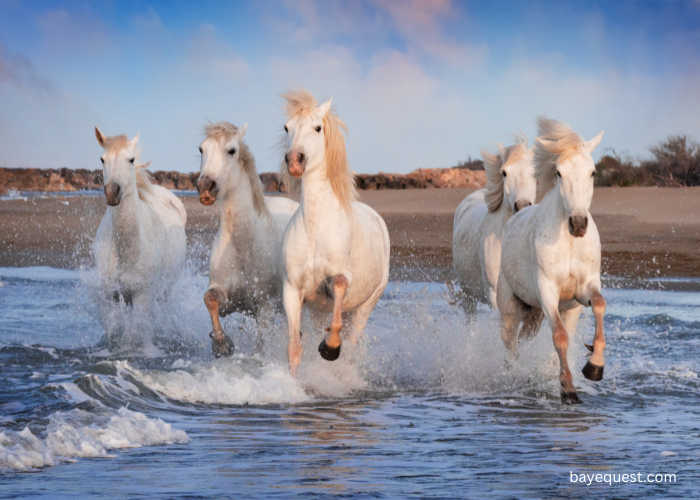
23. Mustang
Mustangs, free-roaming horses of the American West, are descendants of Spanish horses brought to the Americas. While not traditionally warmbloods, they embody the spirit of versatility and resilience.
Mustangs have a diverse range of builds and colors, reflecting their mixed ancestry. Known for their endurance, intelligence, and independence, Mustangs excel in a variety of disciplines when given proper training.
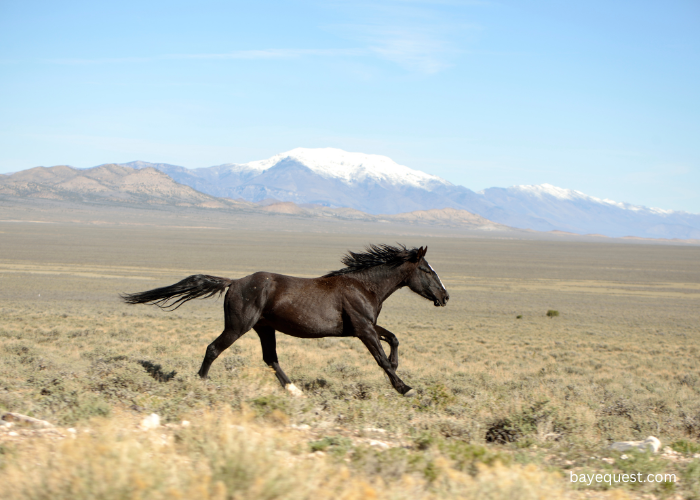
24. German Riding Pony
The German Riding Pony is a stellar example of elegance and athleticism in a smaller package. Designed to be a miniature version of the larger warmbloods, these ponies are bred for competition.
They often excelling in dressage, show jumping, and eventing for younger riders. With their refined looks, intelligence, and versatile abilities, they offer a horse’s performance with a pony’s manageability.
This makes them highly sought after by competitive children and smaller adults.
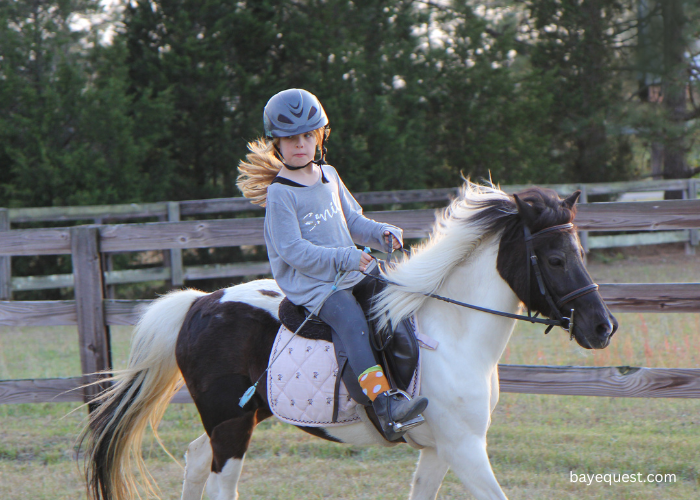
25. Norwegian Fjord Horse
The Norwegian Fjord Horse, with its distinctive dun coat and primitive markings, is a versatile and hardy breed from Norway. Fjords are known for their strength, gentle temperament, and adaptability.
They are well-suited to a variety of tasks, from plowing fields to therapeutic riding, and even competitive driving. Their calm nature and willingness to work make them a beloved breed for all ages.
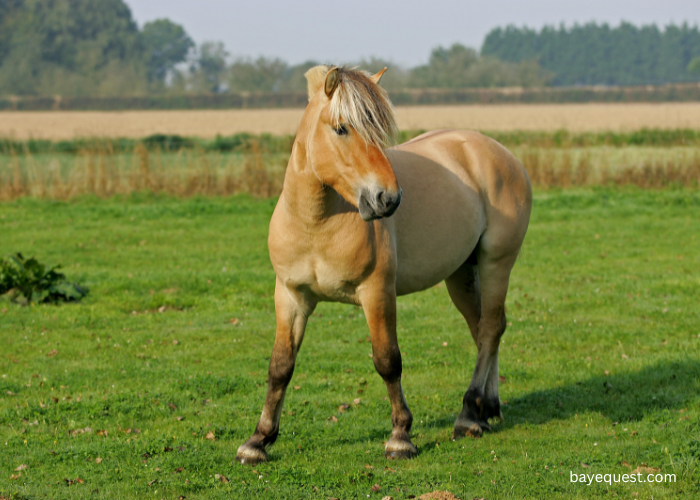
26. Friesian
Originating from the Netherlands, the Friesian has a stunning black coat, flowing mane, tail, and elegant movement. These horses are not just about looks. They possess a gentle temperament, making them excellent riding horses.
Friesians excel in dressage thanks to their graceful movements and powerful build. They’re also popular in carriage driving and as show horses, where their majestic appearance truly shines.
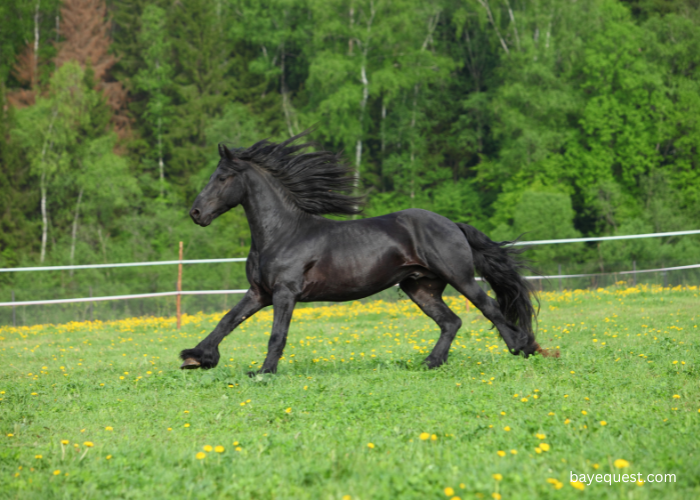
27. Paint Horse
The Paint Horse, known for its colorful coat patterns, combines beauty with versatility. Originating from the United States, Paints are not just about their looks.
They are intelligent, willing, and capable of excelling in various disciplines, including Western events, English riding, and trail riding.
Their sturdy build and calm temperament make them suitable for riders of all levels. Their unique coloring also ensure they stand out in any crowd.
Read also: How much does an American paint horse cost?
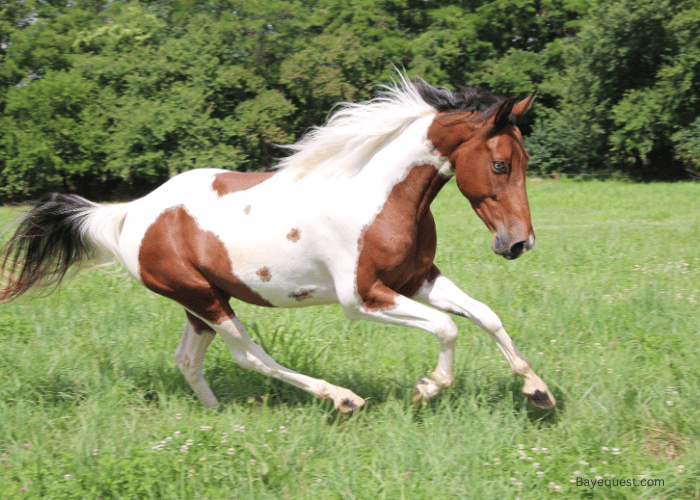
28. American Albino Horse
The American Albino Horse has a striking white coat and pink skin. Despite the name, it isn’t a true albino but a breed developed for its unique color.
This breed is versatile, excelling in various equestrian disciplines. They are friendly and easy to train, making them great for riders of all levels.
Their striking appearance and gentle nature make them popular in shows and parades. They have a strong, muscular build, ensuring both beauty and performance.
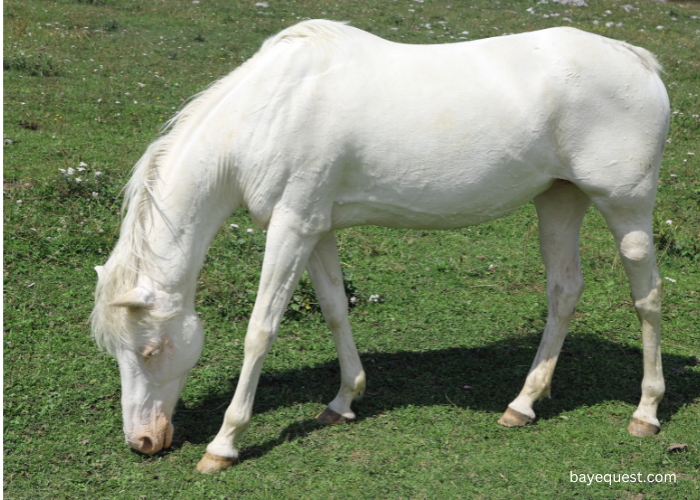
29. American Bashkir Curly Horse
The American Bashkir Curly Horse is famous for its unique curly coat. This breed is hypoallergenic, making it suitable for people with allergies.
They are calm and friendly temperament. Curly Horses are versatile, excelling in everything from dressage to trail riding.
They are hardy and adaptable, able to withstand harsh weather conditions. Their unique curls and gentle nature make them a favorite among horse enthusiasts.
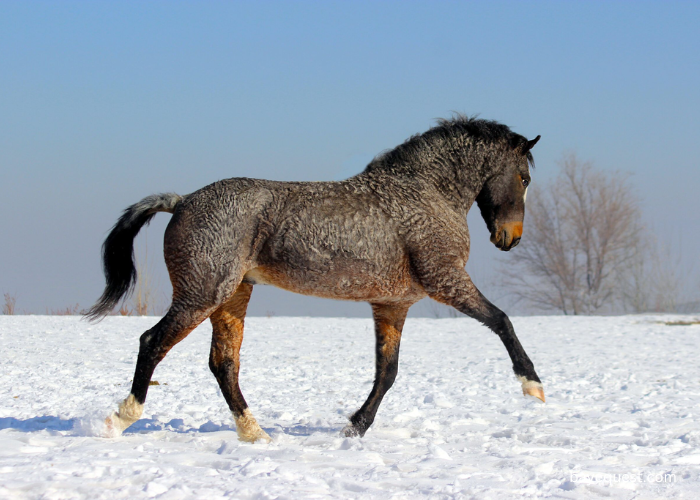
30. Banker Horse
The Banker Horse is a wild breed from North Carolina’s Outer Banks. They are small, sturdy horses, adapted to the harsh coastal environment.
Bankers are known for their endurance and hardiness. They are sure-footed and agile, ideal for trail riding and light work.
This breed is a piece of living history, descended from Spanish horses brought by explorers. Bankers are friendly and intelligent, making them good companions when tamed.
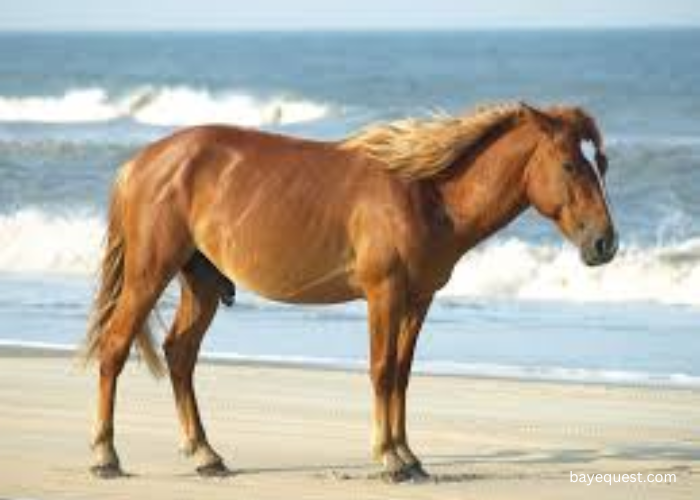
31. Florida Cracker Horse
The Florida Cracker Horse is a historic breed from Florida. They are small but hardy, with a strong, agile build.
They have a smooth gait, ideal for long rides. This breed is friendly and intelligent, easy to train and handle.
Florida Crackers are a vital part of the state’s ranching heritage, prized for their versatility and resilience.
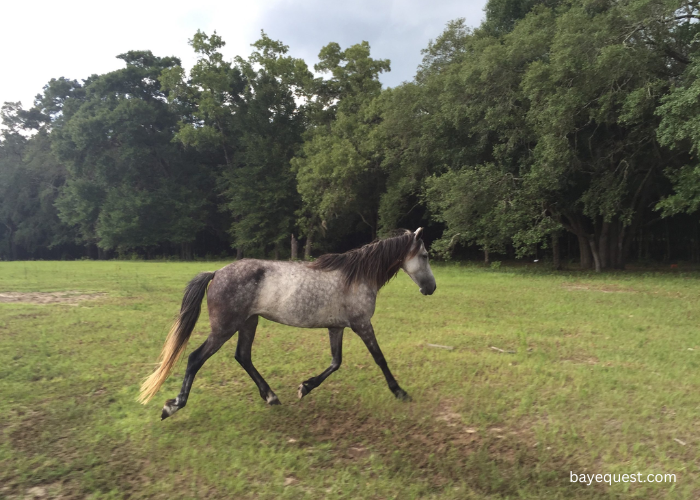
Difference Between Hotblood, Coldblood and Warmblood Horses
Hotbloods are like the sports cars of the horse world. Think fast, spirited, and sleek. Horses like Arabians and Thoroughbreds fall into this category. They’re bred for speed and endurance, making them top picks for racing and competitive riding. Hotbloods are known for their fiery temperament and high energy.
Coldbloods are the big, gentle giants. Breeds like Clydesdales and Percherons are in this group. They’re strong, heavy, and calm, originally bred for hard work like farming and pulling heavy loads. Coldbloods are the go-to for anyone looking for a steady, reliable horse. (Read also: How much does a Percheron horse cost?)
Warmbloods are the middle ground. They’re not as hot-tempered as hotbloods or as laid-back as coldbloods. Breeds like the Hanoverian and the Dutch Warmblood are in this mix. They’re bred for a combo of traits: strength, agility, and a good temperament. Warmbloods are versatile, making them stars in dressage, show jumping, and other equestrian sports.
So, you’ve got hotbloods for speed and spirit, coldbloods for strength and calm, and warmbloods that bring the best of both worlds together. Each type has its special thing going on, making them perfect for different needs and sports.
Warmblood Breeds of Horses: Conclusion
And there you have it – a gallop through the world of warmblood horses. From the grace of the Hanoverian to the agility of the Dutch Warmblood, these equine athletes are the heart and soul of equestrian sports.
Each breed brings its own flair to the table, combining strength, speed, and a spark of spirit that makes them stand out in any arena. It’s a world where passion, dedication, and the pursuit of excellence come together.
Let’s tip our hats to the warmbloods – the athletes, the companions, the legends. May their hooves continue to beat a rhythm of inspiration and awe for generations to come.




